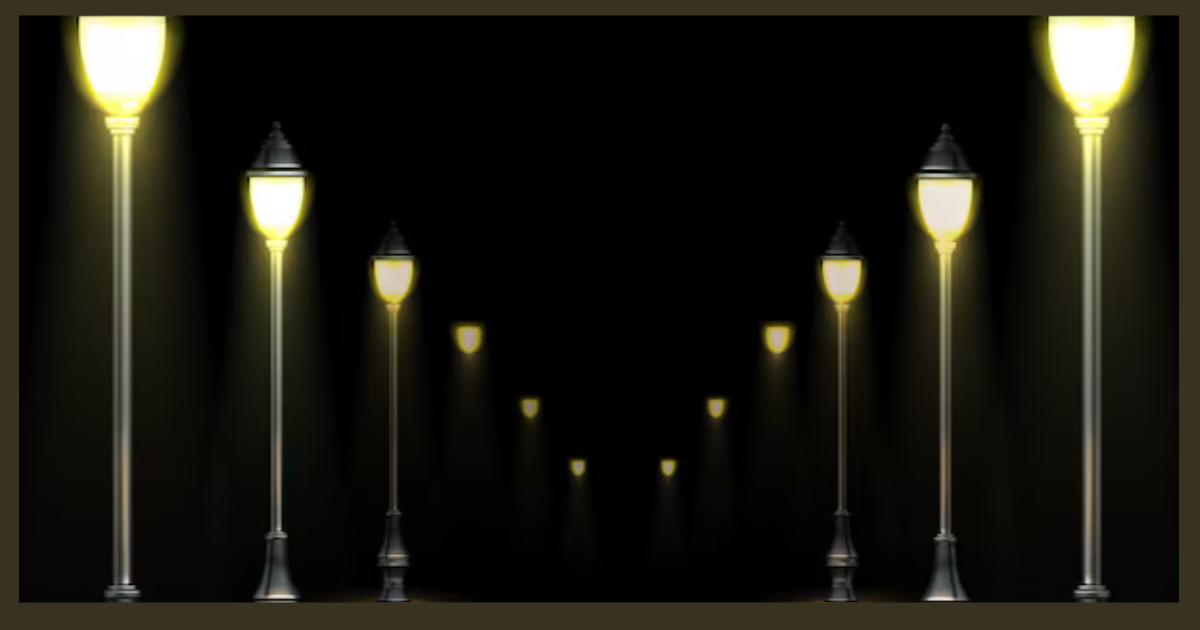Light poles play a vital role in urban infrastructure, contributing not only to safety but also to the aesthetics of public spaces. These towering structures illuminate streets, parks, and pathways, ensuring visibility during night hours while also supporting various types of lighting fixtures. In this article, we will delve into the significance, types, materials, and maintenance of light poles, along with their impact on urban landscapes.
The Importance of Light Poles in Public Safety
Light poles are crucial for ensuring the safety of pedestrians, drivers, and cyclists during low-light conditions. Well-lit streets reduce the likelihood of accidents by increasing visibility. In parking lots and other public areas, proper lighting discourages criminal activities, making people feel more secure. The presence of light poles also aids emergency services, as illuminated areas are easier to navigate during emergencies.
Types of Light Poles
Light poles come in various types, each designed for specific purposes. The most common types include street light poles, floodlight poles, and decorative poles.
Street Light Poles: These are the most common and are found along roads, highways, and sidewalks. They are typically tall and equipped with high-intensity lighting to ensure a broad coverage area.
Floodlight Poles: These poles are used in stadiums, parks, and large outdoor spaces. They support powerful lights that can illuminate a wide area, often used for events or public gatherings.
Decorative Poles: As the name suggests, these poles are designed to enhance the visual appeal of urban spaces. They are often shorter and feature unique designs to complement the architectural style of the surroundings.
Materials Used in Light Poles
Light poles are constructed from a variety of materials, each with its own advantages and limitations. The most commonly used materials are steel, aluminum, and fiberglass.
Steel Poles: Known for their strength and durability, steel poles are often used in high-traffic areas or places prone to severe weather. They can withstand heavy winds and other environmental factors, making them ideal for cities.
Aluminum Poles: Aluminum is a lightweight material that offers good resistance to corrosion. These poles are often used in coastal areas where moisture levels are high. While they may not be as strong as steel, their light weight makes installation easier.
Fiberglass Poles: Fiberglass is a non-conductive material, making it ideal for areas where electrical safety is a concern. These poles are resistant to corrosion and are commonly used in parks and public gardens.
The Role of Light Poles in Urban Aesthetics
Beyond their functional role, light poles are key elements in urban design. Cities often choose decorative poles that align with the local architectural style, adding a layer of visual appeal. In some cases, light poles are used to support banners, seasonal decorations, or public art, further integrating them into the urban landscape.
For example, in historic districts, ornate poles are often chosen to reflect the area’s heritage, while in modern urban areas, sleek, minimalist designs are preferred. The choice of light poles can significantly impact the overall ambiance of a city, influencing both residents and visitors.
Energy Efficiency and Modern Lighting Technology
With the rise of smart cities and sustainable living, energy-efficient lighting solutions are becoming increasingly important. LED technology has revolutionized the way light poles are used, providing brighter light with lower energy consumption. LED lights are not only cost-effective but also have a longer lifespan compared to traditional incandescent bulbs.
Some cities are also implementing solar-powered light poles, which harness sunlight during the day to power the lights at night. This reduces the reliance on electricity grids and contributes to the city’s overall sustainability goals.
Light Pole Installation and Maintenance
The installation of light poles requires careful planning and coordination. Before installing, engineers must assess factors such as the location, height, and type of lighting required. The foundation of the pole must be sturdy enough to support the weight of the pole and withstand environmental stressors like wind or snow.
Maintenance is equally important to ensure the longevity of light poles. Regular inspections help identify any structural weaknesses, rust, or electrical issues. Replacing burnt-out bulbs and cleaning the fixtures can enhance the efficiency and appearance of the lighting system.
Light Poles and Smart City Integration
As cities adopt smart technologies, light poles are evolving beyond mere lighting structures. In many smart city initiatives, light poles are equipped with sensors, cameras, and communication devices to monitor traffic, air quality, and even noise levels. These multipurpose poles serve as hubs for data collection, helping city planners make informed decisions to improve urban living.
Some light poles are also equipped with Wi-Fi routers, providing internet access to residents and tourists in public areas. This fusion of lighting and technology is paving the way for more connected and responsive cities.
Challenges in Light Pole Design and Placement
While light poles offer numerous benefits, they also present challenges in terms of design and placement. One of the primary challenges is ensuring that the light pole s do not obstruct pedestrian pathways or interfere with landscaping. Additionally, poles must be placed at intervals that provide sufficient light coverage without creating dark spots or glare.
Another challenge is balancing the need for strong, durable materials with the desire for aesthetic appeal. Heavy-duty materials like steel may not always complement the architectural style of certain areas, requiring designers to find creative solutions that marry form and function.
Light Poles and Environmental Considerations
The environmental impact of light pole s is another important consideration. Poorly designed or installed light pole s can contribute to light pollution, which disrupts ecosystems and affects human health. Many cities are now adopting “dark sky” policies, which aim to reduce light pollution by using shields or downward-facing fixtures that direct light where it is needed.
Additionally, the use of energy-efficient lighting solutions, such as LEDs and solar-powered poles, helps reduce the carbon footprint of urban lighting systems. These eco-friendly options are becoming increasingly popular as cities strive to meet sustainability targets.
Conclusion
Light pole s are indispensable elements of modern urban infrastructure. They provide safety, enhance the aesthetics of public spaces, and contribute to the functionality of smart cities. By choosing the right materials, designs, and technologies, cities can maximize the benefits of their lighting systems while minimizing environmental impact.
FAQs
What materials are commonly used for light pole s? Steel, aluminum, and fiberglass are the most commonly used materials, each chosen for its specific benefits such as durability, corrosion resistance, or lightweight properties.
How do light pole s contribute to public safety? Light pole s improve visibility in public areas, reducing accidents and deterring criminal activities.
What are the benefits of LED lighting in light pole s? LED lights are energy-efficient, cost-effective, and have a longer lifespan compared to traditional bulbs.
Can light pole s be integrated into smart city technology? Yes, modern light pole s can be equipped with sensors, cameras, and Wi-Fi routers, playing a key role in smart city infrastructure.What are the environmental impacts of light pole s? Light pole s can contribute to light pollution, but using downward-facing fixtures and energy-efficient lights helps minimize their environmental impact.











